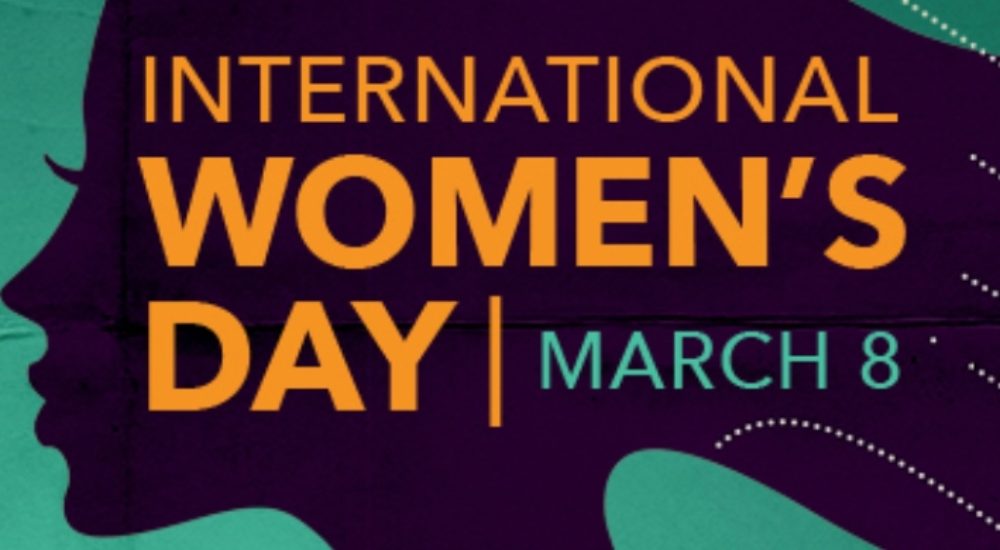International Women’s Day is an opportunity to recognise and remind ourselves of the significant role of women in leadership. But of all the progress made towards narrowing the gap between women and men in leadership roles in recent years, is the pace of change fast enough?
Gender equality in the boardroom is a hot topic right now, and with good reason. Figures published by the Cranfield School of Management reveal that the number of women holding directorships in FTSE100 organisations has increased from 11% in 2007 to 27.7% today. However, across the FTSE250, that number drops to around one female director for every 13 of her male counterparts. So, what can be done to improve these odds?
There are a number of ways that organisations can make significant strides to achieve greater parity at both board and senior management level. Three of the most effective ways of doing this are:
- Develop an active talent pipeline:
Identify the top female talent that already exists within the organisation and support their long-term career development. In doing so, not only is there a sound succession plan in place, those women elsewhere in the organisation can see the role models they can aspire to emulate.
- Be visible:
One of the most effective ways of ensuring more women assume leadership positions is by putting diversity at the centre of the organisation’s vision and values and gaining buy-in from existing and new employees.
- Review and revise existing hiring strategies:
Many senior management and leadership teams hire mirror images of themselves, but that has been shown to exclude the wealth of talent that is out there. Business leaders need to look beyond the ‘type’ of people they wish to recruit and focus on hiring for talent that is a better representation of the organisation’s customer base, and society as a whole.
This International Women’s Day provides an excellent opportunity for businesses and society in general to recognise the contribution women make at senior level. But it needs to serve as a call to action for change, too. As our Founder and CEO Suki Sandhu said: “While gender equality is making its way to the top of the organisational agenda, the gap between women and men both in terms of pay and seniority continues to be a concern.”
He’s right. Just a few months ago, the World Economic Forum made headline news when it revealed that the pay divide between women and men stands at 68%…and it’s getting wider. At the current rate, it will take 217 years for the pay gap to close, while last year it was 170 years.
Aside from the moral argument for greater parity, the business case for doing so is overwhelming. Research has shown time and again that organisations with diverse boards not only outperform those that don’t by as much as a fifth, they are more profitable by around a quarter. Against a backdrop of relative uncertainty that lies ahead once the UK leaves the European Union, the gender agenda has never been more important.
International Women’s Day is a great chance to celebrate the achievements of inspirational women in business. Diversity in any workplace will lead to a better, fairer and more profitable corporate environment where everyone becomes a beneficiary. And that can only be a good thing, right?
